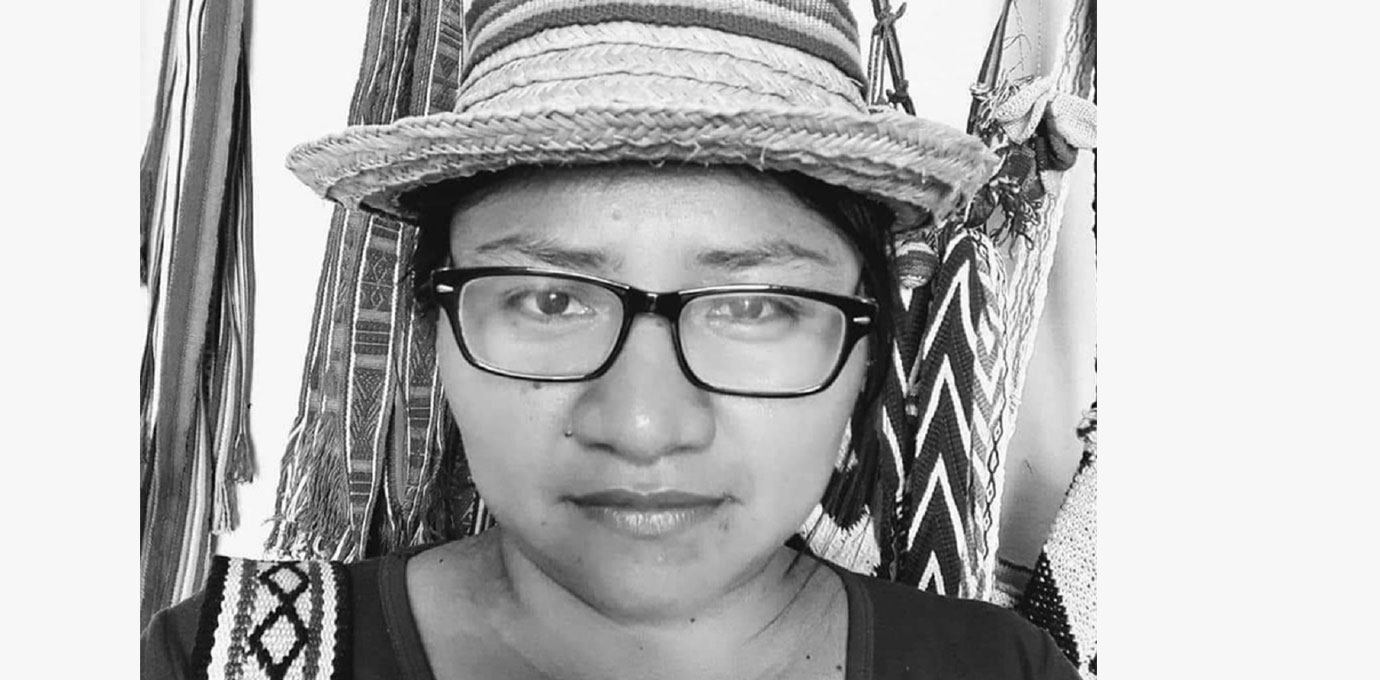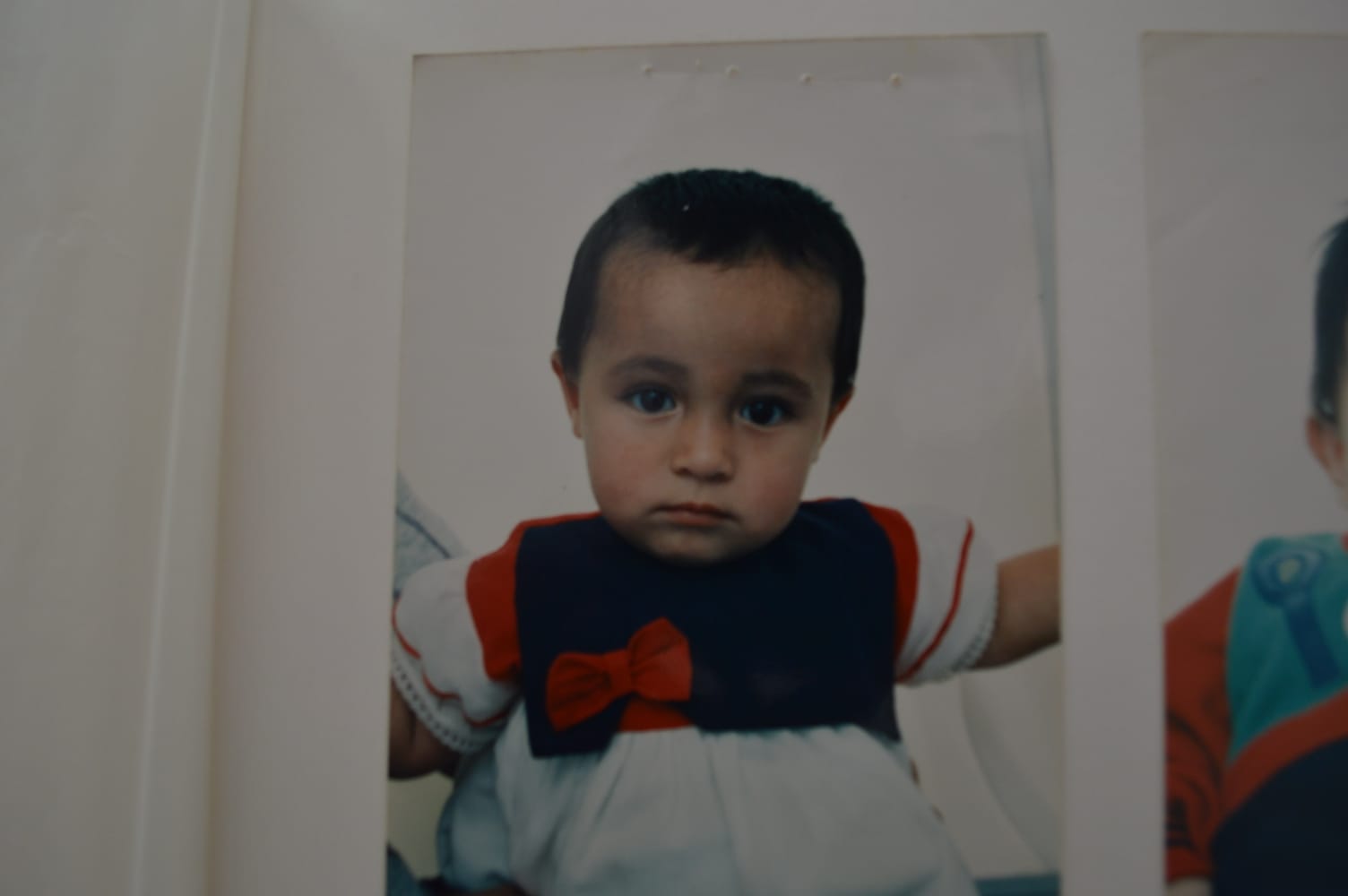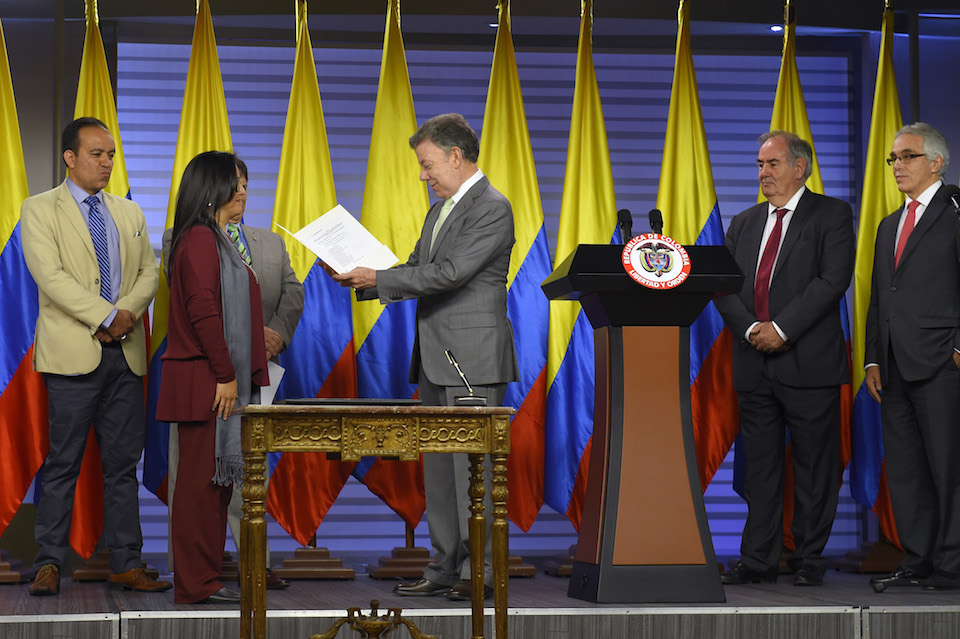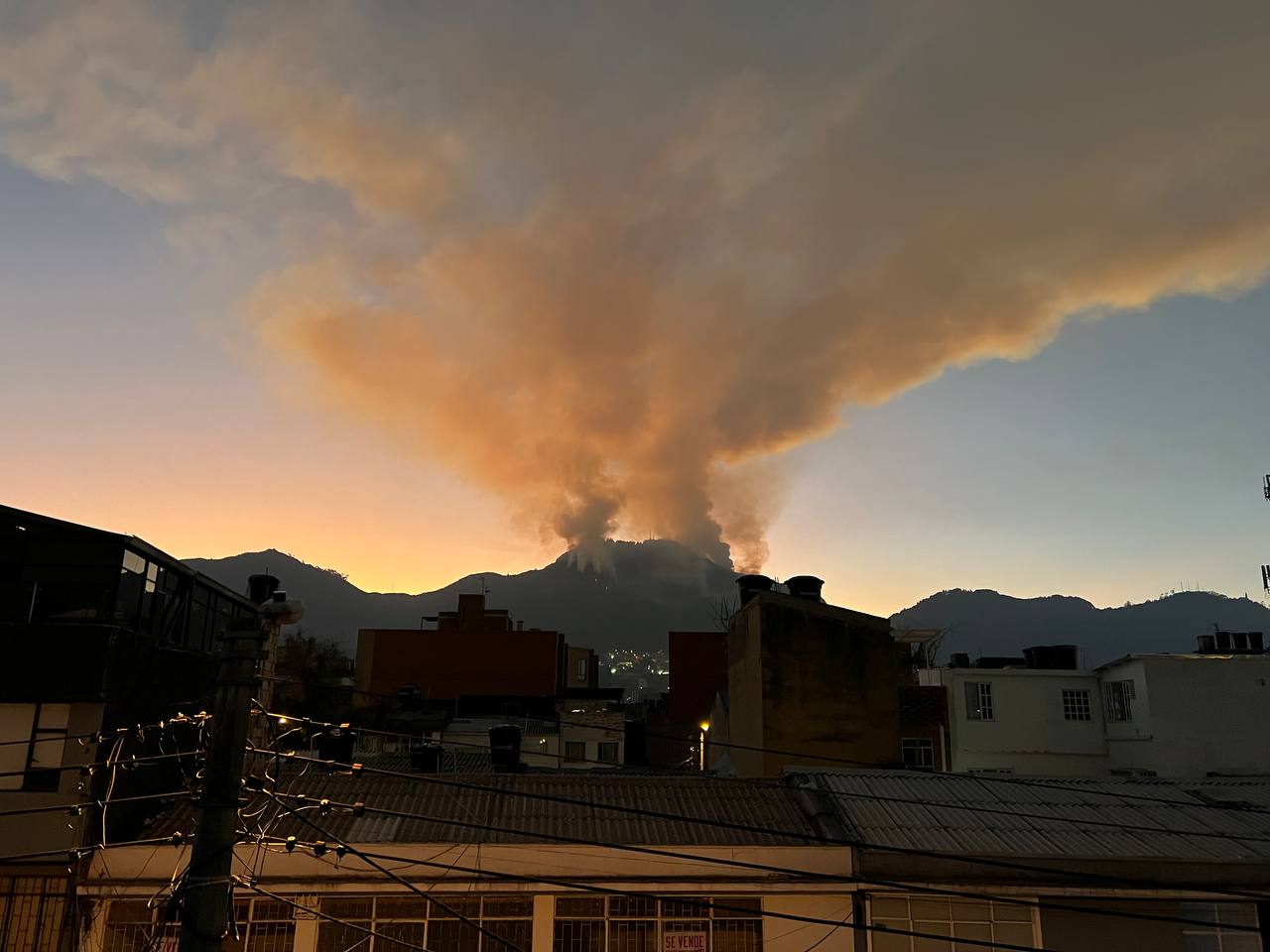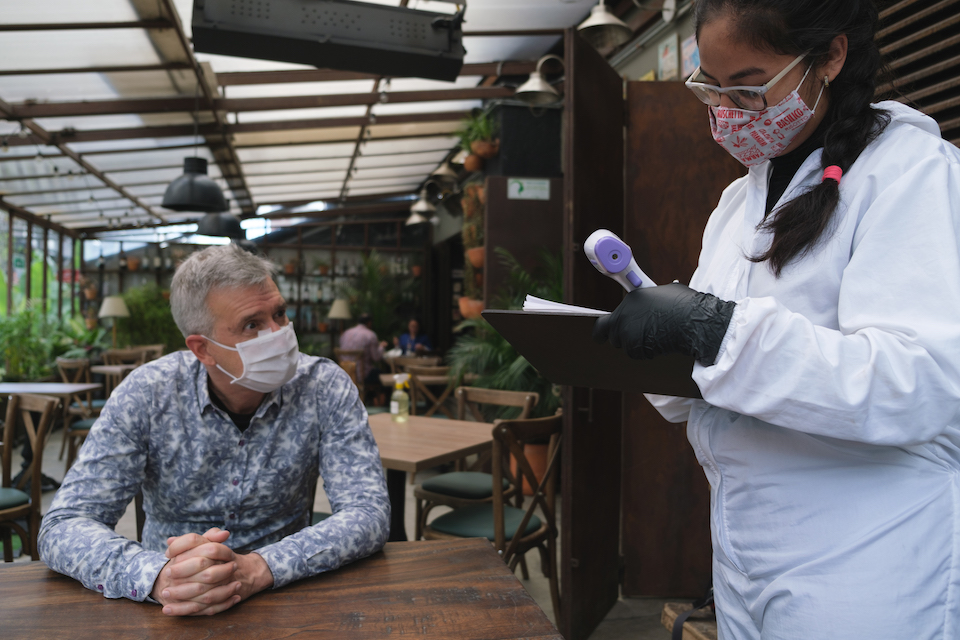One demonstrator in Medellín reports being kicked by riot police as Colombia’s nationwide protests continue.
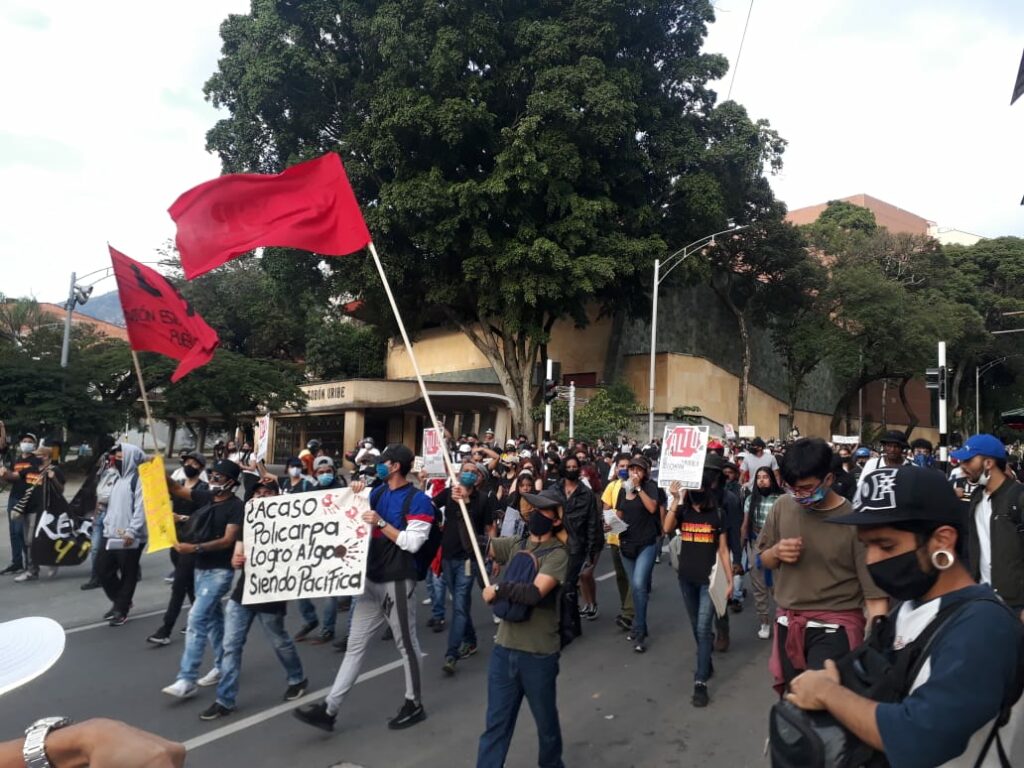
Over the past three days, hundreds have gathered in Medellín’s city centre to protest against police brutality in Colombia and other issues. The demonstrations were sparked by the violent police killing of Javier Ordóñez in Bogotá on Tuesday evening.
Violent demonstrations erupted in Bogotá, leaving a total of 10 civilians dead and spread throughout the country. In Medellín, the first demonstrations, marches and sit-ins took place on Thursday and have continued since.
Anger and a desire for change
On Thursday, September 10, hundreds gathered in Medellín’s Parque de los Deseos, marching towards the city centre where the protest was scheduled to end at Parque Bicentenario.
The atmosphere, said 20-year-old communications student Estefanía Romero Toro, was one of indignation over Ordóñez’s killing. “There was lots of anger, a desire to change things,” she added, explaining that the mood also felt very tense, because of the heavy police presence.
For protestors in Medellín, the recent police abuses come on top of a long already-existing list of grievances towards the government.
These comprise the killings of social leaders, the recent wave of massacres, the labour reforms that form part of President Iván Duque’s paquetazo, and the socio-economic situation of the country in general, Romero explained.
“The country is in a socio-economic-political crisis,” 25-year-old NGO-worker Santiago Rodríguez told The Bogotá Post at another march the following day. “Which has deepened because of the COVID-19 pandemic.”
“Since the signing of the peace agreement, social leaders have been being killed systematically, by para-state forces doing the dirty work,” he added. “And this intensifies when the public forces, which are supposed to be the ones looking after us, start killing citizens.”
The first intervention of the ESMAD riot police took place approximately 20 minutes into Thursday’s Medellín demonstration, reported a representative from the Chucho Minga human rights collective, who was present but preferred to remain anonymous.
“That was the order of the unified command post from the start,” the human rights representative said. “To dissolve everything.”
“Even though I identified as being human rights personnel, one of them kicked me in the back,” the human rights representative furthered, adding that four of her colleagues were also assaulted by members of the public forces.
Several people were wounded, she said, two of whom had serious injuries.
“Throughout the entire march route, the ESMAD constantly cornered us,” Romero said, explaining that riot police had enclosed protesters from one block to the next, gassing them.
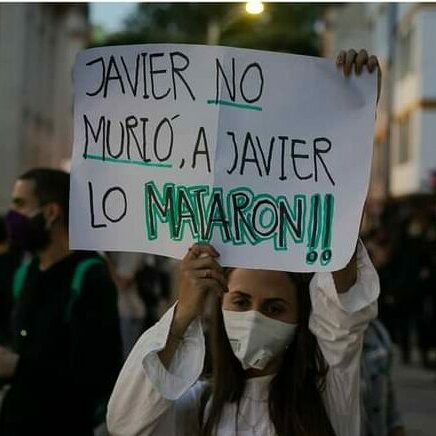
At around 5pm, the carabineros arrived, enclosing protestors in the Parque del Periodista.
“If we left, we were exposed to the police, who would capture us and violate us,” stated Romero. “I identified as press and the ESMAD just didn’t care… their tone towards us was one of mockery,” she continued.
“Enough’s enough”
The following day, another group of a few hundred demonstrators congregated in Parque Bicentenario to march towards a police station in downtown Medellín.
“Today, the environment is calmer,” said 25-year-old NGO-worker Rodríguez, although local shops and metro stations had shut early, preparing for the worst. “This demonstration is more about demanding rights, but not using violent action.”
“We hope that the ESMAD, who are always the ones generating violence, don’t intervene, so it doesn’t turn violent,” he said.
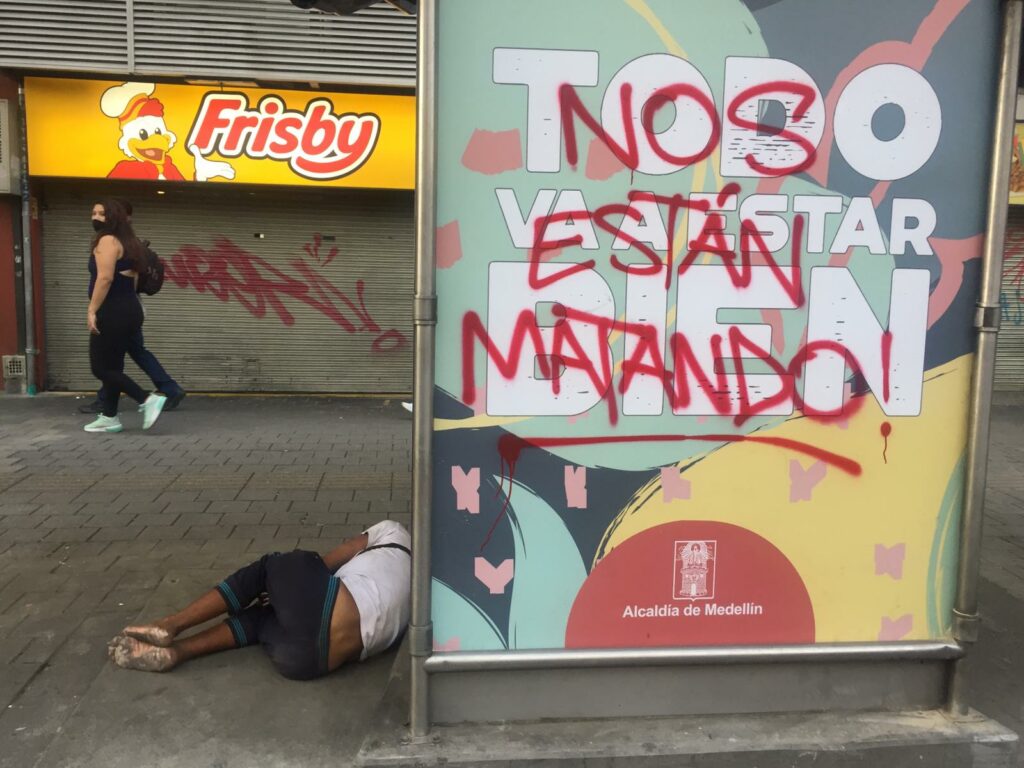
While the mood started off peaceful, protesters began kicking and knocking over barriers when they arrived at the police station, amid shouts of “killers.” And authorities were quick to react with tear gas and flash shots, dispersing crowds less than an hour into the protest.
“They know they have the power, they know they have the weapons, and that they can use these weapons to attack us, not even to maintain control,” said communications student Romero. “They don’t respect human rights.”
The objective of the demonstrations is to negotiate a reform of the country’s police system, which Rodríguez explained is governed by the military, meaning it combines with armed forces under the Ministry of Defense.
“These days, their lack of quality, integrity and humanity is evident,” said Romero. “Enough’s enough. The police are killing us.”
Yesterday afternoon, Colombia’s Defense Minister Carlos Holmes Trujillo issued a statement in which he claimed the ministry has been working towards the “modernisation” and “transformation” of Colombia’s police forces as part of the 2019 Policy of Coexistence and Citizen Security.
At the time of writing, demonstrations continue in the city of Medellín. So far, no citizens have been killed in the city’s protests.

